Entangling photons of different colors
 Researchers develop a novel chip-based device for quantum communication.
Researchers develop a novel chip-based device for quantum communication.
Feb 27th, 2019
Read more
 Researchers develop a novel chip-based device for quantum communication.
Researchers develop a novel chip-based device for quantum communication.
Feb 27th, 2019
Read more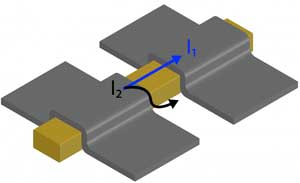 New material enhances supercurrent in topological-insulator nanoribbon Josephson junctions.
New material enhances supercurrent in topological-insulator nanoribbon Josephson junctions.
Feb 27th, 2019
Read more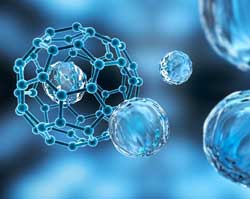 The EU's Joint Research Centre has released a report clarifying the key concepts and terms used in the European Commission's nanomaterial definition.
The EU's Joint Research Centre has released a report clarifying the key concepts and terms used in the European Commission's nanomaterial definition.
Feb 26th, 2019
Read more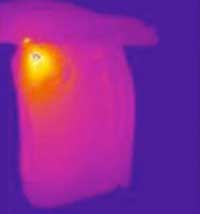 Experiments show electric field can modify silicate glass, causing parts to melt while remaining solid elsewhere; discovery suggests heat in glass could be produced on a very fine scale, could point to performance challenges for devices that use glass.
Experiments show electric field can modify silicate glass, causing parts to melt while remaining solid elsewhere; discovery suggests heat in glass could be produced on a very fine scale, could point to performance challenges for devices that use glass.
Feb 26th, 2019
Read more Researchers succeed in controlling extremely short-wavelength spin waves.
Researchers succeed in controlling extremely short-wavelength spin waves.
Feb 26th, 2019
Read more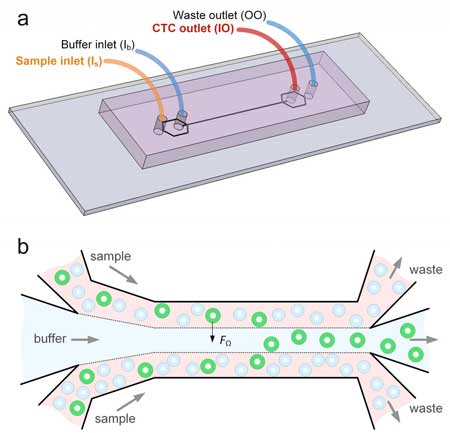 Researchers have developed a device that can isolate individual cancer cells from patient blood samples. The microfluidic device works by separating the various cell types found in blood by their size.
Researchers have developed a device that can isolate individual cancer cells from patient blood samples. The microfluidic device works by separating the various cell types found in blood by their size.
Feb 26th, 2019
Read more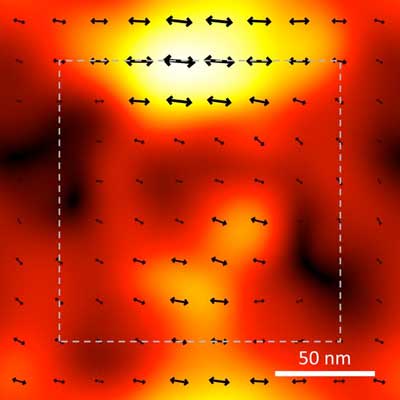 New imaging technique reveals how mechanical damage begins at the molecular scale.
New imaging technique reveals how mechanical damage begins at the molecular scale.
Feb 26th, 2019
Read more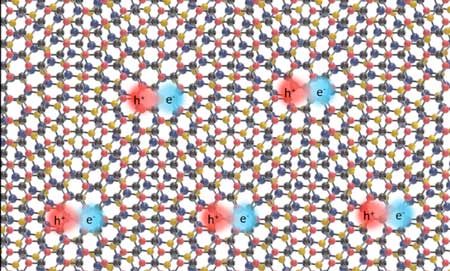 Results yield a unique platform to study quantum optical physics.
Results yield a unique platform to study quantum optical physics.
Feb 26th, 2019
Read more Researchers have discovered unexpected phenomena in graphite thanks to their previous research on its two-dimensional (2D) relative - graphene.
Researchers have discovered unexpected phenomena in graphite thanks to their previous research on its two-dimensional (2D) relative - graphene.
Feb 25th, 2019
Read more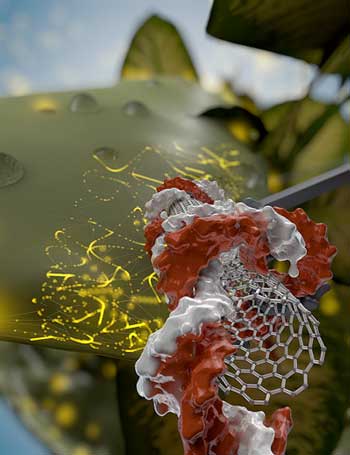 Inserting or tweaking genes in plants is more art than science, but with a new technique, scientists could make genetically engineering any type of plant - in particular, gene editing with CRISPR-Cas9 - simple and quick.
Inserting or tweaking genes in plants is more art than science, but with a new technique, scientists could make genetically engineering any type of plant - in particular, gene editing with CRISPR-Cas9 - simple and quick.
Feb 25th, 2019
Read more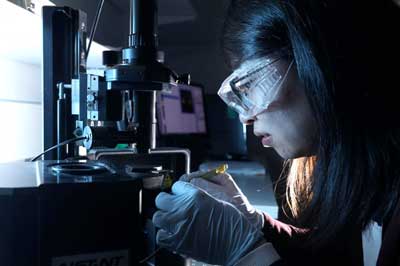 A new article outlines emerging research into different types of 'defective' order, i.e. topological structures in materials, and their potential highly interesting applications in nanotechnology and nanoelectronics.
A new article outlines emerging research into different types of 'defective' order, i.e. topological structures in materials, and their potential highly interesting applications in nanotechnology and nanoelectronics.
Feb 25th, 2019
Read more Lipid nanotablet for modular and scalable molecular computing with nanoparticles.
Lipid nanotablet for modular and scalable molecular computing with nanoparticles.
Feb 25th, 2019
Read more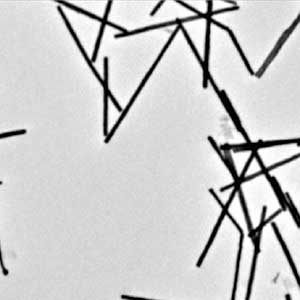 Researchers have found that liquid has structure in certain circumstances, and that this structure significantly influences the mysterious and complex formation of metallic glasses.
Researchers have found that liquid has structure in certain circumstances, and that this structure significantly influences the mysterious and complex formation of metallic glasses.
Feb 25th, 2019
Read more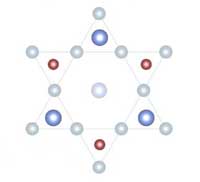 Materials with a kagome lattice pattern exhibit 'negative magnetism' and long-sought 'flat-band' electrons.
Materials with a kagome lattice pattern exhibit 'negative magnetism' and long-sought 'flat-band' electrons.
Feb 23rd, 2019
Read more Steps that form during LED fabrication improve their efficiency by creating tiny paths of electric current.
Steps that form during LED fabrication improve their efficiency by creating tiny paths of electric current.
Feb 22nd, 2019
Read more Scientists achieved magnetization reversal in cobalt-substituted bismuth ferrite by applying only an electric field. Such an effect had been sought after for over a decade in order to make new types of low-power-consumption magnetic memory devices.
Scientists achieved magnetization reversal in cobalt-substituted bismuth ferrite by applying only an electric field. Such an effect had been sought after for over a decade in order to make new types of low-power-consumption magnetic memory devices.
Feb 22nd, 2019
Read more